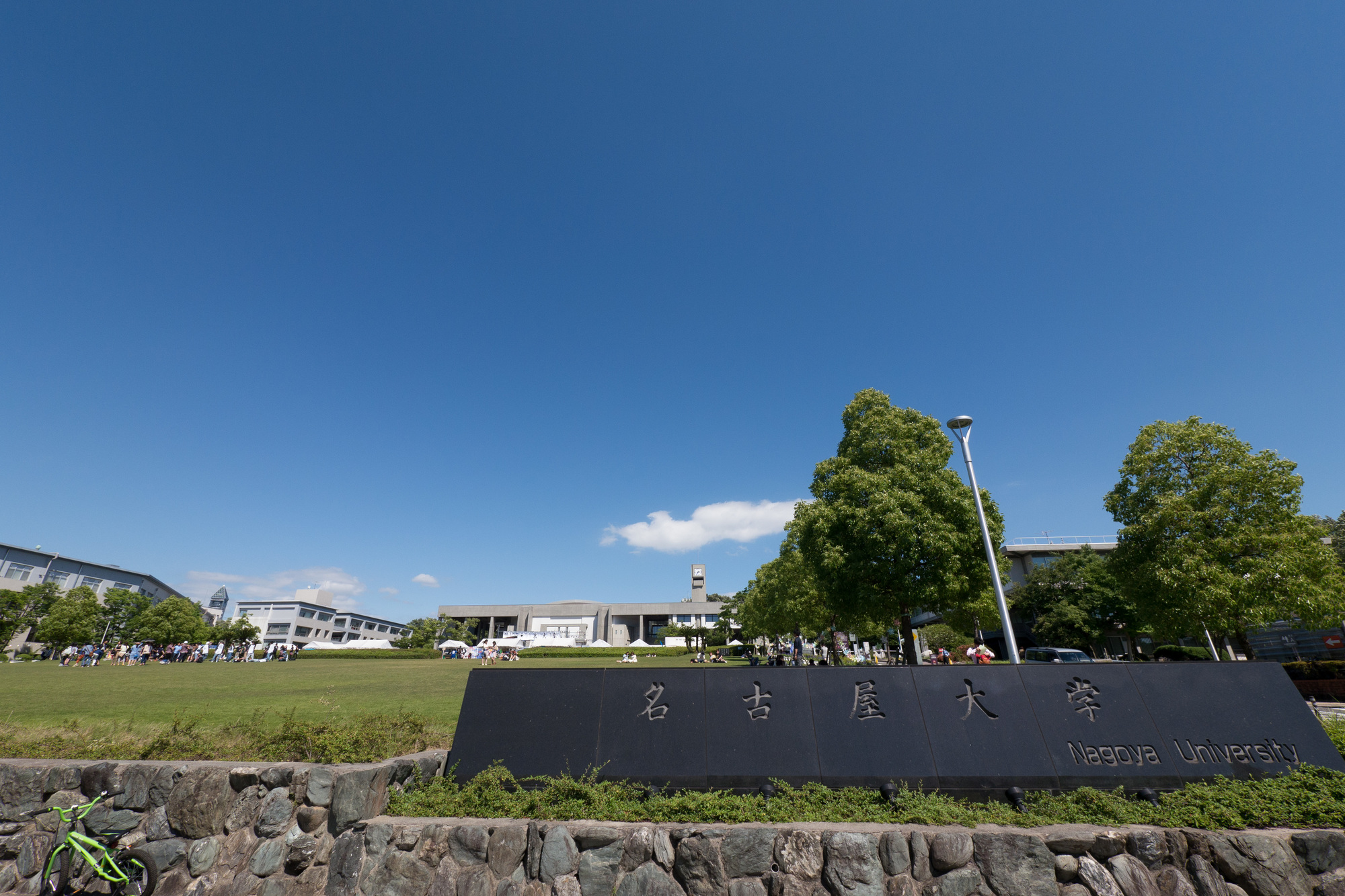Research groups such as Kyoto University, Nagoya University, and Aichi Institute of Technology have succeeded in identifying the structure of carbon nanotubes that are resistant to tension.
Carbon nanotubes, which are substances in which carbon atoms are bonded in a honeycomb lattice, are extremely light and durable, and are attracting attention as candidate substances that can theoretically be used as building materials for space elevators that connect the earth and space.
However, it is known that carbon nanotubes have innumerable diameters and carbon arrangements, and that when the tensile strength (tensile strength) is measured, the measured values vary greatly from sample to sample. ..On the other hand, measuring the mechanical properties after investigating the structure of the tube was a very difficult experiment due to its small size, and it was not known what kind of tube was strong.
Under these circumstances, in this research, we designed the tensile strength measurement experiment of one carbon nanotube that properly determined the geometric structure (arrangement of carbon) as follows, and succeeded for the first time in the world.First, single-walled carbon nanotubes are grown so as to bridge the cuts provided in the substrate by the alcohol chemical vapor deposition method, and the geometric structure is determined using wideband Rayleigh scattering spectroscopy.Next, the tube is picked up using a micro fork and installed so as to bridge the micro device consisting of two stages.Move one stage until the tube breaks, and determine the tensile strength from the amount of movement and the spring constant according to Hooke's law.
As a result of this experiment, it was found that the tube having a small diameter and a structure called "near armchair type" has the highest tensile strength.We also found the correlation between the geometric structure and the tensile strength from the analysis of the experimental results, and succeeded in obtaining the relational expression for predicting the tensile strength.
As a result, it became possible to predict the tensile strength, and a clear guideline for making a strong material was obtained, and it can be said that we are one step closer to the realization of the ultimate structural material.
Paper information:[Nature Communications] Strength of carbon nanotubes depends on their chemical structures



